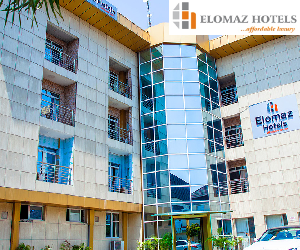Koko Port is moving from years of unrealised promise to a central place in the Nigerian Ports Authority’s plan for a new trade corridor in the Niger Delta. Fresh investment and a clearer strategy are helping the port show the strength it always possessed.
The port was first designed for agro-allied exports, yet under its concessionaire, Creekshore Jetty and Terminal Limited, it has proved far more versatile. It now handles a wide variety of cargo, showing an ability that goes well beyond its original purpose.
According to an NPA project report, Koko’s natural advantage is its deep harbour, which measures about nine metres. This allows larger vessels to berth and makes the port suitable for more complex shipments. The report describes the planned rehabilitation as the return of a long-dormant economic force, rather than a simple repair exercise.
The NPA’s long-term plan draws on the port’s location within the Delta’s network of waterways. Officials see Koko as an ideal link for traffic headed toward the active private jetties at Koko, Sapele and Oghara, which already play a strong role in liquid bulk trade. By treating the Delta waterways as a resource to be strengthened, the NPA aims to build a connected port system that improves the country’s logistics flow.
This renewal is guided by the Landlord Port Model. The NPA provides essential infrastructure while private concessionaires bring funding, expertise and innovation. Management officials say their goal is to clear the physical and historical barriers that once kept the Delta Ports on the sidelines.
Recent performance figures show how far the system has come. In 2025, the Delta Port complex, including Koko, handled about forty-five ships each month with notable efficiency.
Read also:
- Revamping more ports will boost national development, says Delta commissioner
- NEPC intensifies crackdown on paraquat use in sesame production amid global export threats
- Imo Airport to host first International flight May 9th
The Authority’s development plan places Koko at the heart of a wider industrial push. A modern port is expected to support the blue economy, strengthen fisheries and aquaculture, draw tourism and create room for new logistics services. This growth is paired with steady engagement with the host communities. The NPA says that cooperation has replaced past tension and has become an unseen support for the work underway.
A major part of the port’s future is the upkeep of its access channel. To secure this, the NPA intends to establish a Channel Management Company that will make maintenance dredging a continuous duty rather than an occasional task.
The changes at Koko reflect a broader national aim to turn ports into centres of work, training and enterprise. As the port comes alive again, it shows how Nigeria can convert natural advantages into lasting economic strength and how a once-quiet harbour can help drive a region’s renewal.





